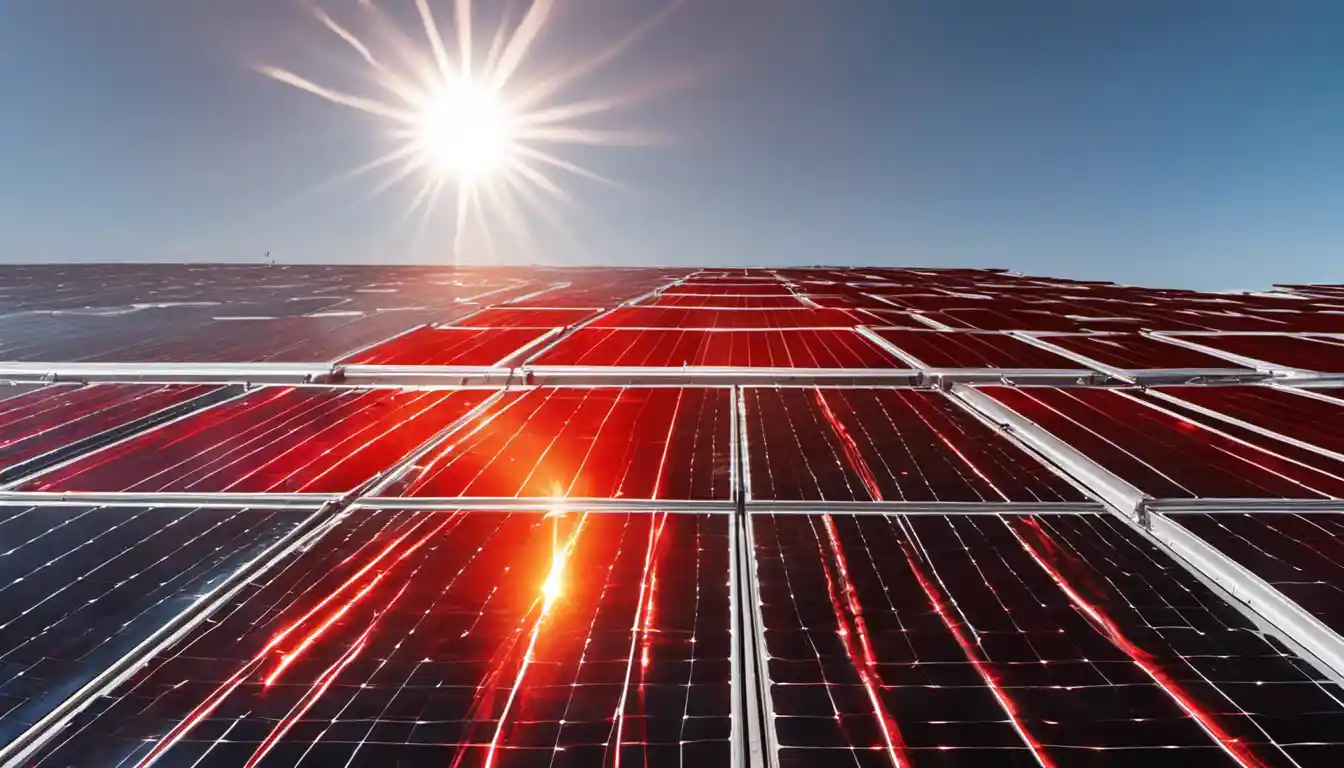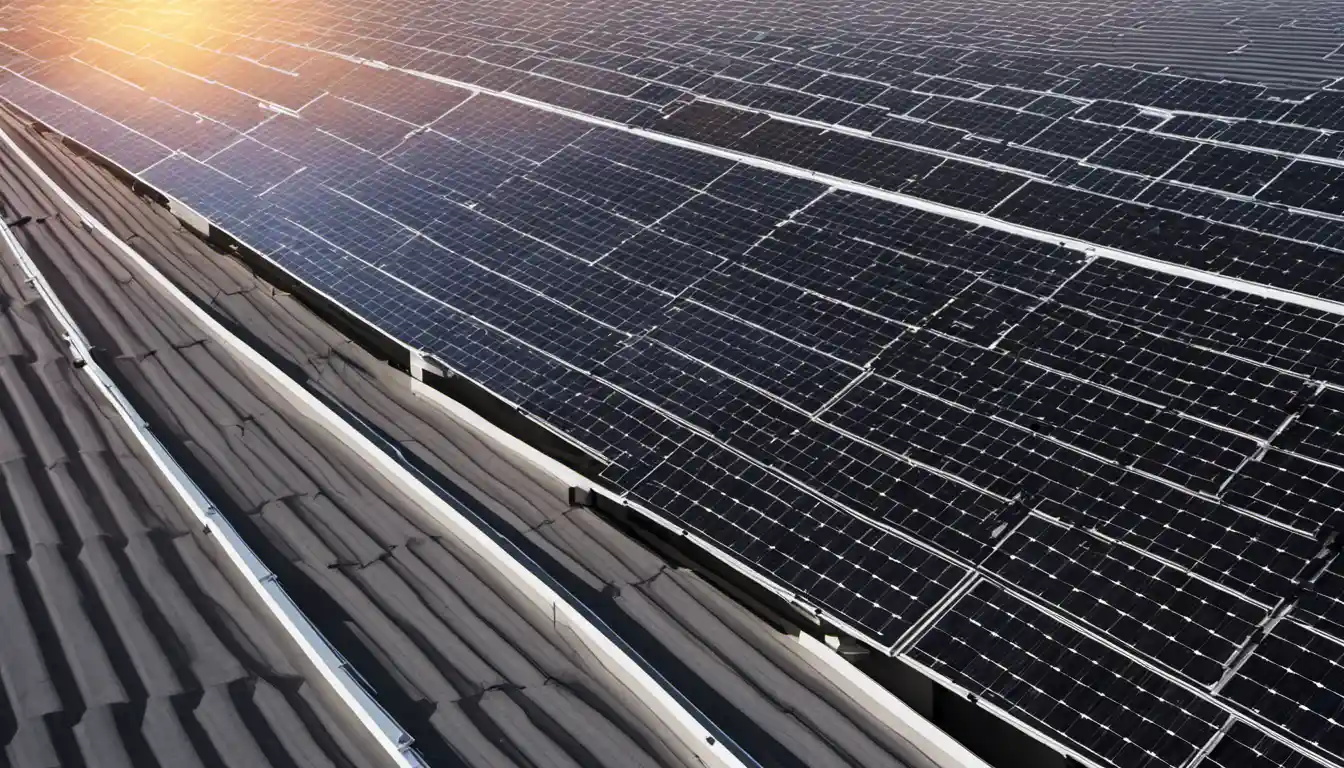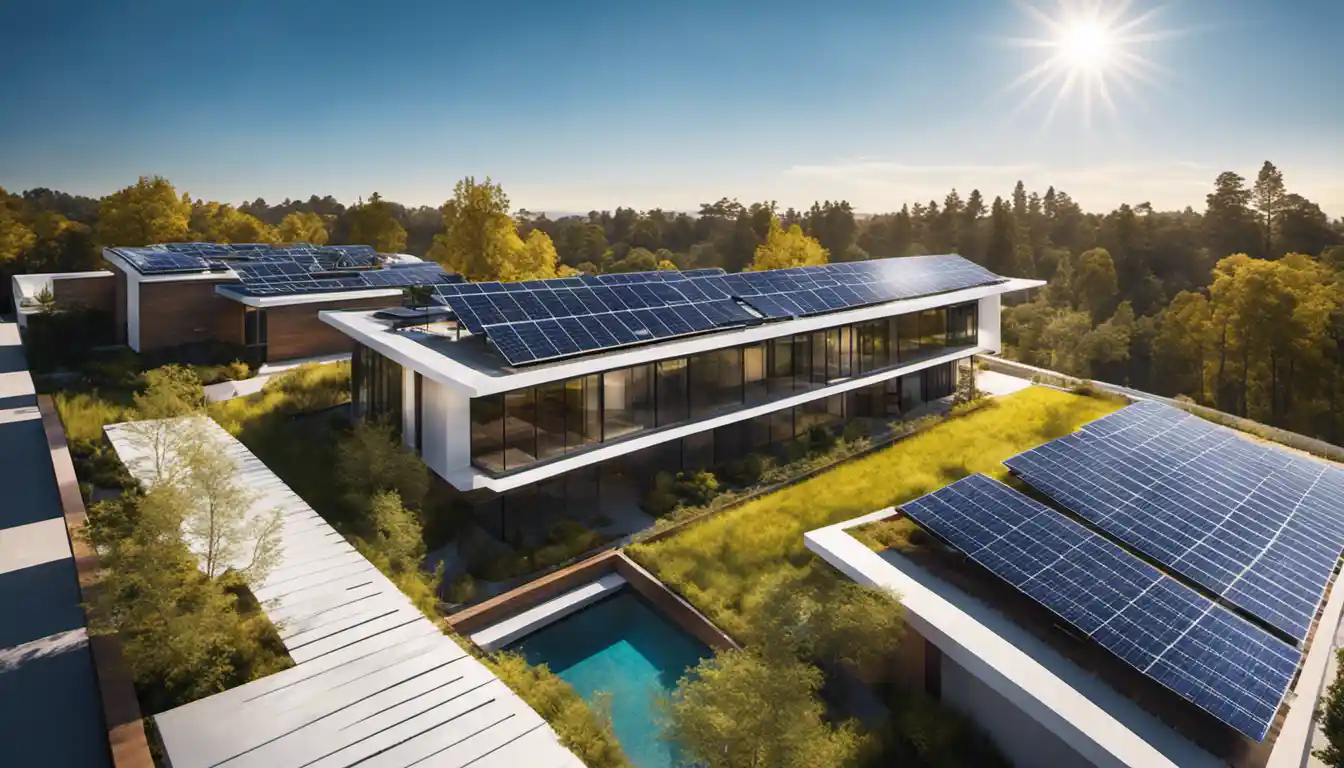Understanding Active Solar Heating
Active solar heating systems use solar energy to heat a fluid, either liquid or air, and then transfer the solar heat directly to the interior space or to a storage system, from which the heat is distributed. These systems are called ‘active’ because they involve specific devices that convert the sun’s energy into usable heat, light, and power. This contrasts with passive solar heating, which does not require mechanical devices or solar panels.
How Does Active Solar Heating Work?

Ever wondered about the nitty-gritty of how does active solar heating work? Let’s dive in.
Active solar heating systems contain solar collectors that gather and capture the sun’s energy. These collectors can either heat air or a liquid such as water or a non-toxic antifreeze solution. The heat collected is then transferred and circulated to a storage system, typically a hot water tank.
On a cold day, the stored heat can be pushed into the space that needs heating via ducts (for air systems) or radiant floor heating loops (for liquid systems). Pumps and fans play a pivotal role in facilitating this transfer of heat, making them indispensable to the operation of an active solar heating system.
Different Types of Active Solar Heating
Now, let’s take a closer look at the different types of active solar heating.
Liquid-based active solar heating systems are made up of solar collectors that harness the sun’s energy to heat a liquid. The heated liquid, often with added antifreeze, is then sent through coils embedded in a water storage tank, heating the water for household use.
Room air heaters use radiant energy from the sun to heat air. The heated air is then blown into the room, providing comfortable heating levels even in the coldest winters.
Transpired air collectors are a unique form of active solar heating where solar panels are installed on the exterior walls of a building. The panels absorb the sun’s energy, heat the adjacent air, and this heated air is drawn into the building, resulting in space heating.
Active Solar Energy Explained

It’s also essential to clarify what is active solar energy. Active solar energy involves using electronic and mechanical devices like solar panels, inverters, controllers, and batteries to convert, utilize, and store the sun’s energy. This energy can then power all energy-requiring units in a household, including the active solar heating systems.
Practical Examples of Active Solar Heating
Let’s shine some light on active solar heating examples.
In many residential settings, active solar heating systems are used for domestic water and space heating. In cold regions, radiant floor systems are a popular choice due to their ability to distribute heated liquid and provide warm indoor environments. In case you’re residing in mild climates, you might resort to a solar air heating system to cater to your minimal warming needs.
During the day, Solar vents preheat the fresh air that enters the building, reducing the resource demand for conventional space heating.
Economics, Benefits, and Drawbacks of Active Solar Heating

Active solar heating provides a host of benefits, including reducing reliance on fossil fuels, lessening environmental impact, potentially offering heating even during power outages, and not to mention, lowering energy costs in the long run. Apart from that, various government programs and incentives support this move towards greener energy and can help offset the initial installation costs, making active solar heating even more enticing.
However, there are drawbacks to active solar heating too. Installation costs can be motivating or deterring based on immediate affordability, and system efficiency depends heavily on geographical location and sunlight availability, making it more suited to some regions than others. For a more comprehensive understanding of these points, check out our page on Active Versus Passive Solar Heating.
Implementing Active Solar Heating
Selecting, installing, and maintaining a solar heating system can seem like an uphill task. However, do not allow this to discourage you from taking this sustainable stride.
Finding a system size that caters to your household needs while being economical – that’s the key. Not only need you adhere to the local building codes, covenants, and regulations but also opt for controls that ensure optimal system efficiency.
The installation of an active solar heating system can be a meticulous task, involving system design, equipment selection, and reputable service providers. On top of that, be prepared for routine maintenance – though active systems are less maintenance-intensive than most believe.
Wrapping up, opting for an active solar heating system is an investment towards future savings and sustainable living. The road towards installation might seem daunting, but as an expert with over two decades of experience, trust me when I say that the long-term benefits definitely outweigh the initial hurdles. Here’s to going green, one solar panel at a time!



